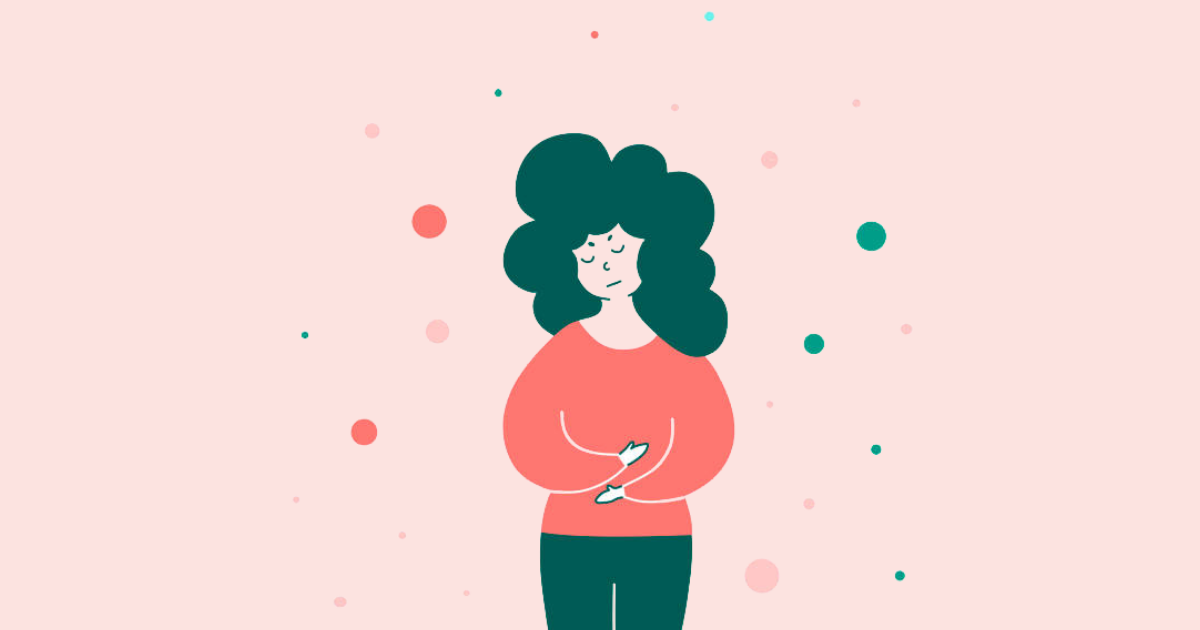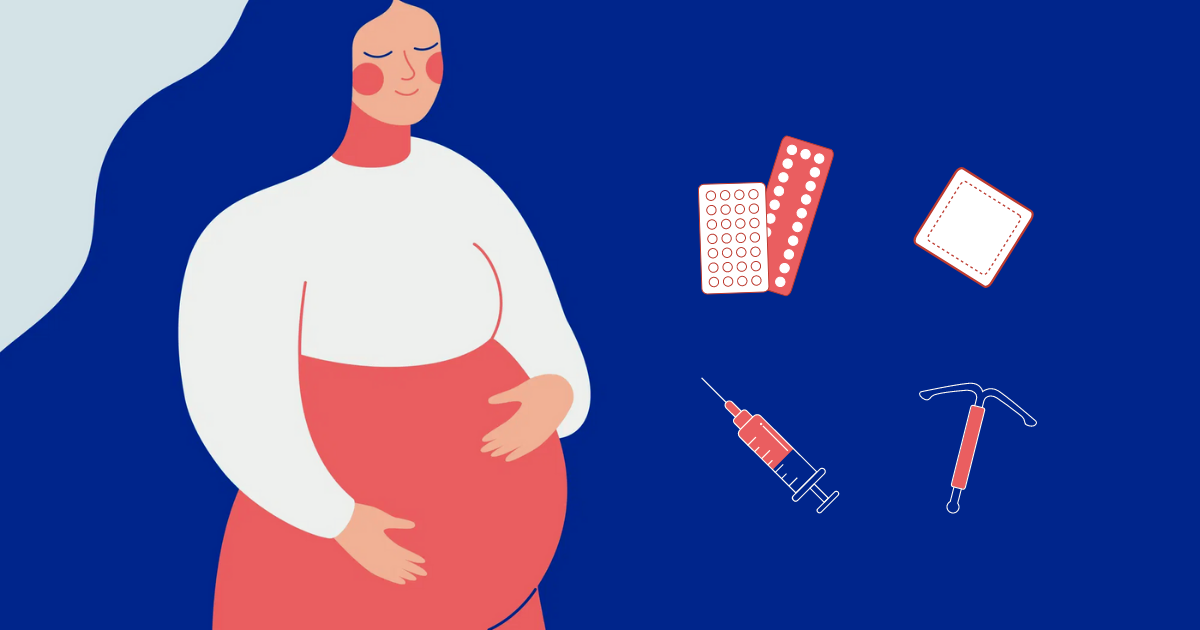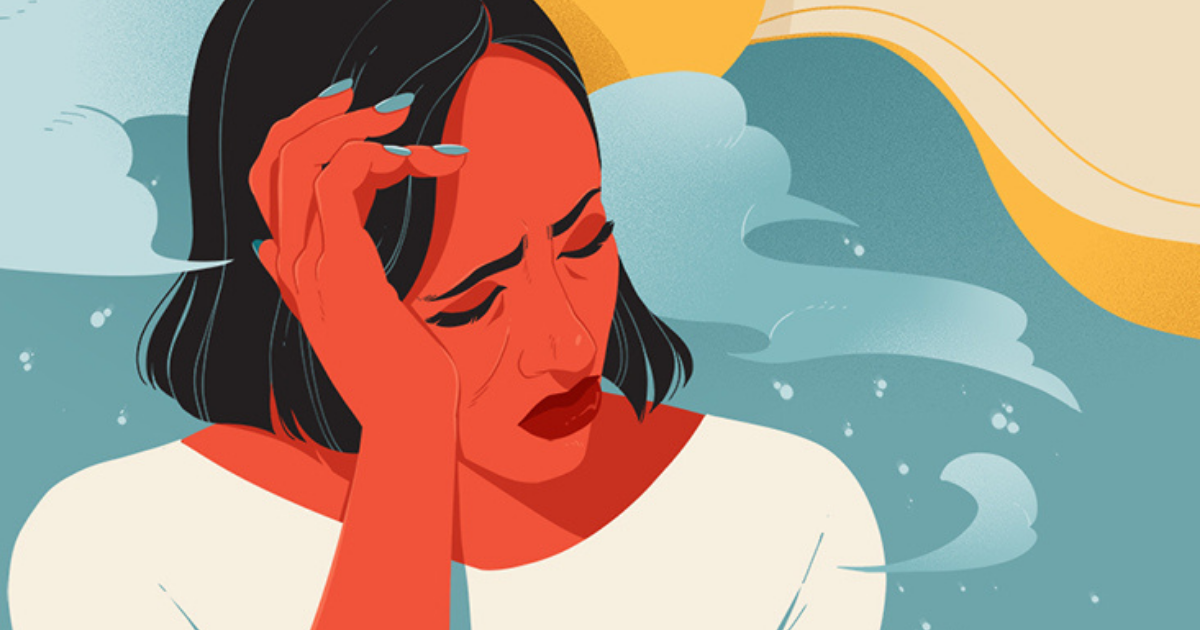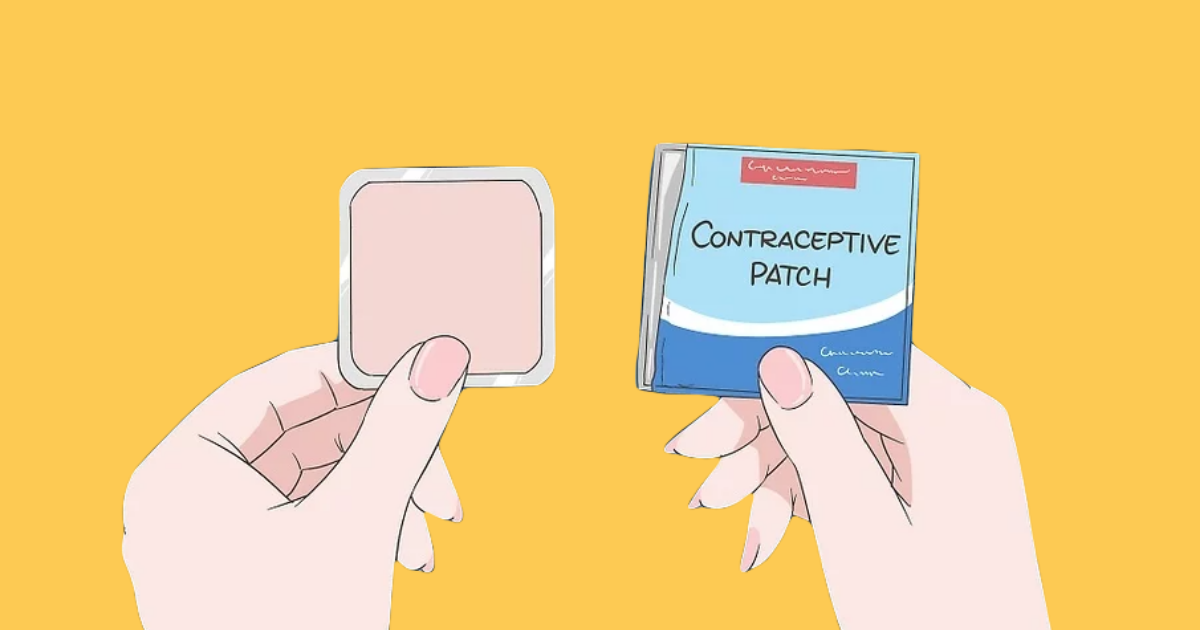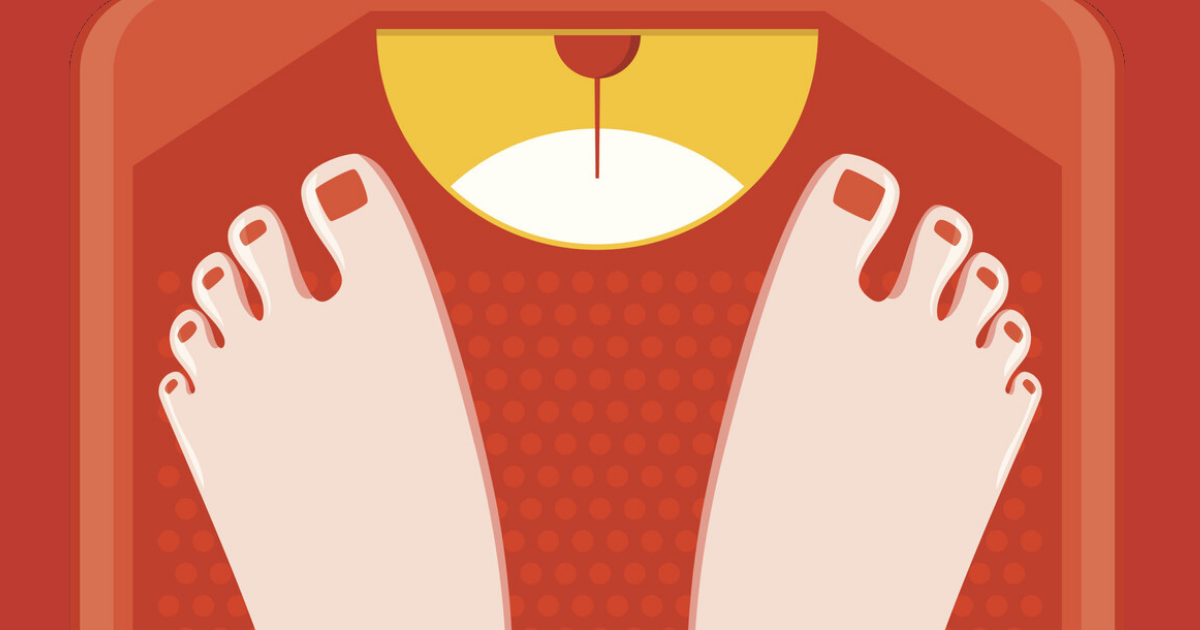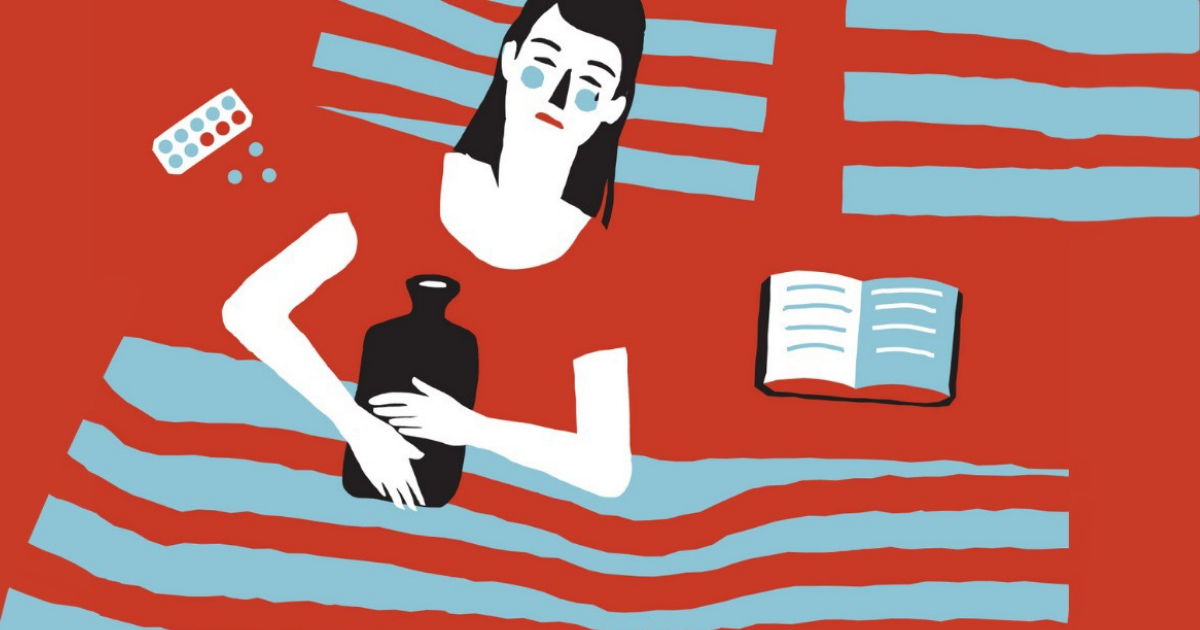Endometriosis, a painful condition affecting 1 in 10 women of reproductive age. That’s about 190 million women globally. More often than not, endometriosis causes severe pain and can contribute to other problems like poor wellbeing and even infertility. And that’s why it’s important to address it, starting from this blog article.
Just last month (June 2021) in Singapore, it was reported that there’s a rising trend in the number of people diagnosed with endometriosis. From 70 to 80 patients per month in 2019, the National University Hospital’s endometriosis clinic saw 100 to 110 patients a month this year, with more than half being severe cases. (Source: CNA)
Endometrial pain can also be extremely unbearable for most women, thus some may choose to opt for telehealth services like Siena where they can access birth control to help relieve the pain. We’ll delve into that in a bit.
What is Endometriosis?
It is a condition where tissue similar to the lining of the uterus grows outside the uterus instead. The tissue attaches itself to other pelvic and abdominal organs like the ovaries and fallopian tubes, which causes scarring, adhesions and cysts.
Every month, your uterus grows the endometrial lining in preparation for a fertilised egg. If the fertilised egg doesn’t implant itself in the lining within a month, your hormone levels will fall, prompting the lining to shed.
For women with endometriosis, however, after the lining sheds, the endometrial cells that grow outside the uterus liquefy, bleed and touch other organs or body tissues. This then causes irritation, inflammation and pain.
There is currently no cure for it although you can seek treatment to help with the symptoms.
Common symptoms
- Severe premenstrual/menstrual cramps (marked by having to change more than five to six sanitary pads a day)
- Pain during and/or after sex
- Painful and frequent bowel movements
- Pain in the abdomen, lower back or thighs often lasting throughout the cycle
- Heavy periods
- Spotting between periods
- Difficulty getting pregnant (40 to 50% of patients with endometriosis are diagnosed with infertility)
If you’re experiencing menstrual cramps that are currently (or have been) affecting your quality of life (e.g. unable to get out of bed or having to take medical leave to get through your cycle), it’s a sign that you could have endometriosis.
Due to the condition’s painful and uncomfortable symptoms, women may also develop depression.
However, some who suffer from endometriosis may not display any symptoms at all.
Likely causes
Most people diagnosed with endometriosis are in their 30s and 40s. But you may be more vulnerable if:
- You’ve never given birth
- Your periods last more than seven days
- You have short menstrual cycles (your period comes every 27 days or less)
- You have a family history of endometriosis
- You’re suffering from a health problem that keeps blood from flowing out of your uterus when you’re on your period
Ways to Manage Endometriosis
As there is currently no cure, it’s good to know about the available treatments out there to help you better manage your symptoms. It can be treated with medicine or surgery.
How hormone medications can help
In most cases, doctors tend to prescribe specific types of birth control ranging from the combined contraceptive pill to the contraceptive patch and GnRH analogues. This is because birth control can help reduce pain and bleeding.
As these hormone medications act as both contraception and treatment for endometriosis, they’re especially useful if you don’t plan on getting pregnant anytime soon.
| Method | Function |
| Combined hormonal contraception like birth control pills and patches (containing both estrogen and progestin hormones) | – Pain relief – Help you experience lighter, shorter and more regular periods – Continuous use (skipping the inactive pills or last week of a 4-week pack) of the pill prevents menstruation. Thus, this stops endometrial cells from shedding and causing inflammation and irritation. – Monophasic birth control that releases a continuous, steady dose of hormones each day of the month is also useful in alleviating symptoms. |
| Gonadotropin-releasing hormone (GnRH) agonists medications | – Trigger a temporary menopause-like state by stopping the production of certain hormones – Prevent ovulation, menstruation and the growth of endometriosis and its related pain and symptoms |
| Progesterone and progestin medications like the mini pill, injection or intrauterine device (IUD) | – Improve symptoms by reducing or skipping periods, on top of preventing pregnancy – These hormones reduce menstrual flow without causing the uterine lining to grow, thus reducing endometriosis-related pain |
As with all hormonal treatments, symptoms can return after you stop taking or using them.
Other methods to ease symptoms of endometriosis
For milder symptoms that are still tolerable, you can consider painkillers or anti-inflammatory medications which may be enough to keep away the pain. This may include over-the-counter pain relievers or even stronger painkillers prescribed to you.
If you want to get pregnant but you’re unable to do so or if you experience severe and extreme symptoms, surgery is another option you may want to go for. Going through with surgery will require you to remove the growths outside of your uterus or just patches of endometriosis tissue, relieving the pain and making it easier for you to get pregnant. Sometimes, the growths do come back after surgery so you may have to take medication.
Some women also opt for hysterectomy (surgical removal of the uterus) to remove part or all of the affected organs like the uterus, fallopian tubes and ovaries. Keep in mind that this is permanent and it’ll be impossible to become pregnant in future.
Increasing awareness
Even though access to early diagnosis and effective treatment of endometriosis is essential, it remains lacking. A significant problem associated with endometriosis is the delayed or under-diagnosis of the condition. Worldwide, diagnosis for endometriosis is typically made seven to 10 years after the onset of symptoms, which is a considerably long time.
This suggests there’s low awareness among not just the patients, but also the general population and even doctors. Endometriosis shouldn’t be brushed off as merely normal period pain but rather, it’s important to be able to recognise and treat the condition to greatly improve patients’ quality of life.
The current priorities laid out by the World Health Organization includes the need for more research and awareness globally to “ensure effective prevention, early diagnosis and improved management of the disease”. Healthcare also plays an important role in screening, identifying and offering basic pain management to cope with endometriosis.
In Singapore, there are a few great initiatives and outreach programmes you can support, such as the Endometriosis Awareness Campaign launched in 2012 and the Singapore Endometriosis Support Group.
How Siena Can Help You Cope With Endometriosis
If you think you may be suffering from endometriosis, birth control is definitely an option you can consider to help manage your symptoms. By hindering the growth of the endometrial tissues, birth control essentially relieves the pain and other symptoms associated with endometriosis.
With that, don’t hesitate to seek help from any of our female doctors at Siena. With nine brands to choose from, you can also take comfort in knowing that we prescribe safe and effective hormonal birth control to help you alleviate symptoms of endometriosis.
Summary
It is a condition where tissue similar to the lining of the uterus grows outside the uterus instead. The tissue attaches itself to other pelvic and abdominal organs like the ovaries and fallopian tubes, which causes scarring, adhesions and cysts.
– Severe premenstrual/menstrual cramps (marked by having to change more than five to six sanitary pads a day)
– Pain during and/or after sex
– Painful and frequent bowel movements
– Pain in the abdomen, lower back or thighs often lasting throughout the cycle
– Heavy periods
– Spotting between periods
– Difficulty getting pregnant (40 to 50% of patients with endometriosis are diagnosed with infertility)
You may be more vulnerable if:
– You’ve never given birth
– Your periods last more than seven days
– You have short menstrual cycles (your period comes every 27 days or less)
– You have a family history of endometriosis
– You’re suffering from a health problem that keeps blood from flowing out of your uterus when you’re on your period
References:
- Baker, J.A. (2021, June 28). More women diagnosed with endometriosis amid greater awareness of the impact of severe period pain. CNA. https://www.channelnewsasia.com/news/singapore/more-women-diagnosed-with-endometriosis-amid-greater-awareness-14985686.
- Eunice Kennedy Shriver National Institute of Child Health and Human Development. (2021, February 21). What are the treatments for endometriosis? https://www.nichd.nih.gov/health/topics/endometri/conditioninfo/treatment.
- Planned Parenthood. (n.d.). Endometriosis. https://www.plannedparenthood.org/learn/health-and-wellness/endometriosis.
- World Health Organisation. (2021, March 31). Endometriosis. www.who.int/news-room/fact-sheets/detail/endometriosis.
